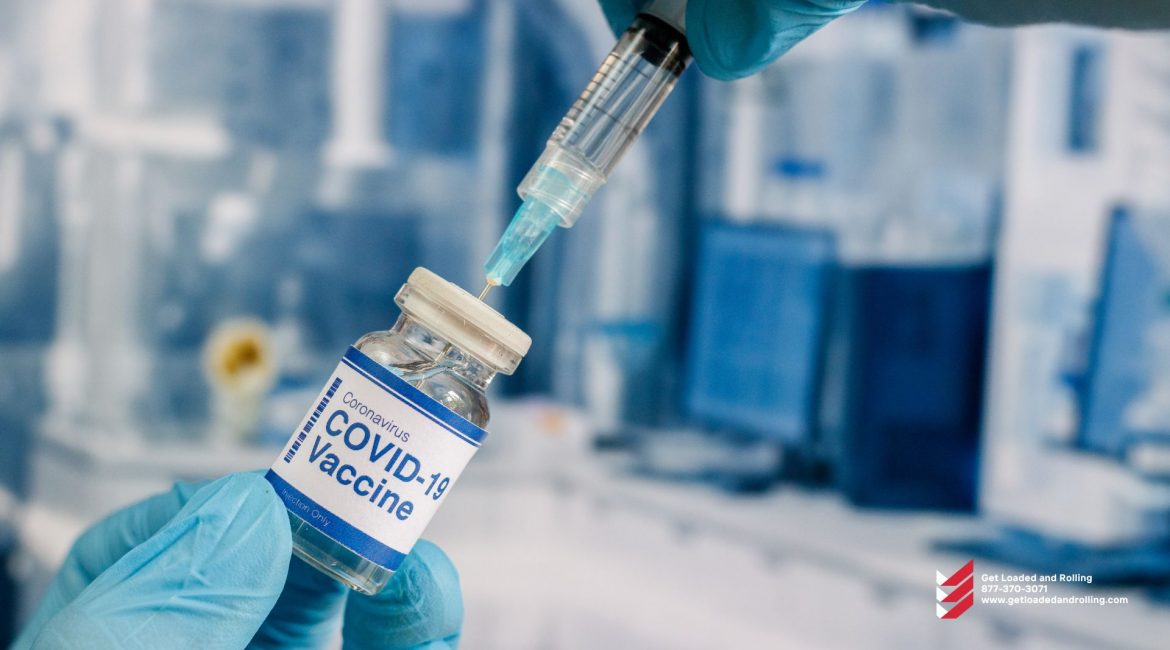2021 — There were several highs and lows this year, with mixed results in almost every industry. The most widely reported news has centered on the supply chain, which has been fraught with difficulties. The media outlets have been consumed by the interruptions from port to dock. Traditionally, the supply chain was an industry topic that was rarely covered by global media. We’ve heard world leaders discuss the difficulties in their own supply chains. From raw material to finished product, the impact was felt.
Contradictions — While some companies report record revenues, others, such as Central Freight Lines, are closing their doors, according to FreightWaves. The volatility of this magnitude in 2021 has produced mixed results in retail and service industry markets. Positive signs of a return to normalcy are emerging in the labor market and consumer spending indices. In the latter part of the year, Omicron is posing its own set of problems.
Port congestion — Since late October, the number of import containers sitting nine days or longer to be picked up has decreased by 56%, and these containers are beginning to flow in and out more efficiently. These encouraging signs have instilled confidence in the industry, resulting in a more optimistic outlook for 2022.
Cargo ship difficulties — Because of the low vaccination rate, countries are enforcing new travel restrictions for crew members who have not received their vaccinations. These are not your typical causes of delays and backlogs. However, the events of 2020 and 2021 have established a new standard, and new cargo ship regulations may cause delays.
Economic impact — Inflation has risen steadily since November (6.8 percent), new jobless claims fell to 199,000 last week, the lowest weekly level in 52 years, and household spending increased 1.3 percent in October compared to the previous month. The most difficult challenge in 2022 will be keeping inflation under control.
Availability of supply — Supply cannot keep up with demand. However, because omicron is more infectious than the delta variant, it affects the demand for testing. COVID testing will be more important than ever, according to Mara Aspinall, a practice professor at Arizona State University’s College of Health Solutions.
The unintended consequences — COVID-19 vaccine production has been in high demand, far outstripping supply availability. Premier Inc., a large health care group purchasing organization, reports that its plan to avoid drug shortages is based on sound analytics and forecasting. For the past two years, drug availability has been a persistent issue. The surge in vaccine demand, on the other hand, was an unanticipated variable that increased backorders and dropped fill rates below 80%.
Technology is critical for the future — Innovation in the manufacturing, transportation, and logistics industries will be critical in meeting future healthcare demands. It is easier said than done to design a responsive supply chain visibility program. The cost of investing in the proper external and internal infrastructure (technology, equipment, and software) is high. It is critical to select the most responsive software platforms when making these investments and provide strategic visibility in the supply chain.
Conclusion — COVID-19 has lifted the veil, revealing the weak links in the supply chain. To say that change is required is an understatement. To address and plan for future disruptions, every link must be examined and evaluated.
